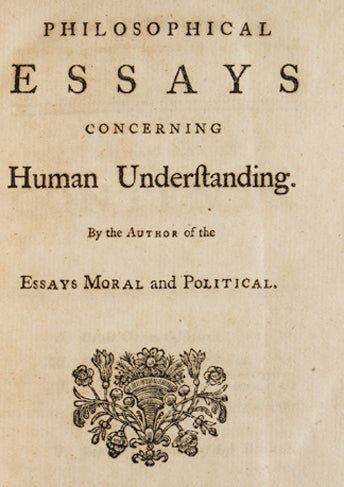![Item #39526 Gwoyeu Romatzyh Pin in Farshyh [National Language (i.e., Mandarin) Romanization System]. Gwoin-tzyhmuu dih ell shyh. Gwoyeu Toongi Chourbey Huey jyh. Jonghwa Min Gwo shyrwuu nian shyri yueh. Chinese Romanization.](https://jamescumminsbookseller.cdn.bibliopolis.com/pictures/39526.jpg?width=768&height=1000&fit=bounds&auto=webp&v=1515185635)
Gwoyeu Romatzyh Pinin Farshyh
Gwoyeu Romatzyh Pin in Farshyh [National Language (i.e., Mandarin) Romanization System]. Gwoin-tzyhmuu dih ell shyh. Gwoyeu Toongi Chourbey Huey jyh. Jonghwa Min Gwo shyrwuu nian shyri yueh.
[N.p: 15th year, 11th Month of the Chinese Republic, (i.e., 1927)].
Price: $750.00
About the item
Pp. 12. 1 vols. 8vo. Gwoyeu Romatzyh Pinin Farshyh. Original printed wrappers with title in Roman letters and hanzi, stapled, much of text in characters. Browned, some chipping and short tears, ownership stamp on covers, label on spine, else a very good copy of an extremely scarce publication. Not in OCLC.
Item #39526
The introduction mentions T. E. Wade and his system of representing Chinese characters, as well as the Postal (Telegraph) coding system, which employed supplemental characters to represent the different tones. The pamphlet is an explanation, at once concise and comprehensive, of the use of the Gwoyeu Romatzyh Romanization.
In 1928 the Education Ministry of the Chinese Nationalist Government declared Gwoyeu Romatzyh Pinin Farshyh the national standard. It was created by Y. R. Chao (Zhao Yuanren), the eminent linguist and scholar, and others, and employs a tonal spelling that avoids the use of diacritical marks. It continued in force for a decade after the Communist takeover of China, where it was displaced by the introduction of Hanyu Pinyin in 1958. The system remains popular among educators for its simiplicity; and indeed a modified form of Gwoyeu Romatzyh remains in use in Taiwan.


